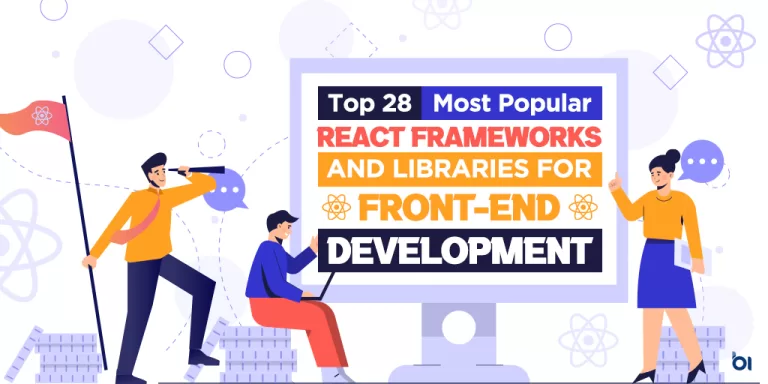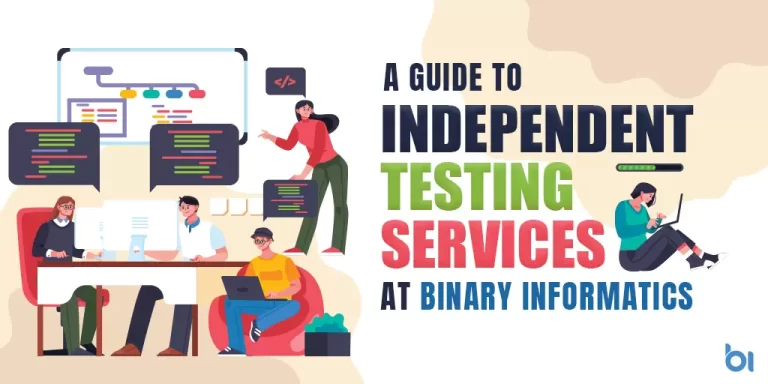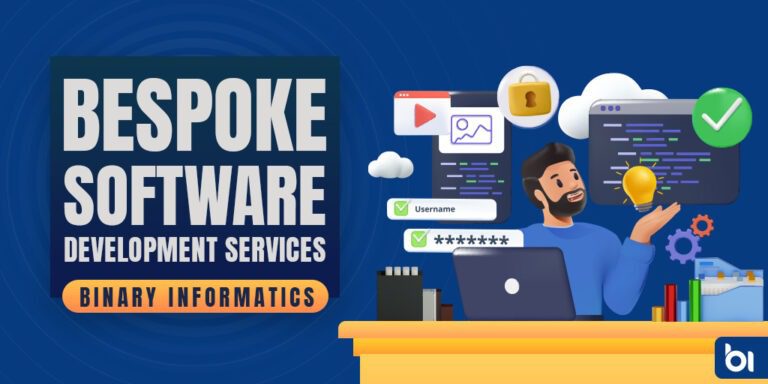In the world of web development, React has emerged as one of the most popular JavaScript libraries. With its component-based architecture and efficient rendering, React has revolutionized how we build user interfaces. As we approach 2023, it is essential to stay updated with the latest React frameworks and libraries that can enhance our React development experience. This article explores the top 28 React libraries and frameworks to look out for in 2023, bringing more power to your projects.
Table of Contents
ToggleTop 28 React libraries and frameworks
1. Next.js
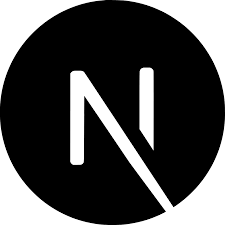
Next.js, one of the best React frameworks and libraries, enables server-side rendering, static website generation, and automatic code splitting. With its strong community support and excellent performance, Next.js is a powerful choice for building fast and scalable React applications.
2. Redux
Redux is a predictable state container for JavaScript apps. With Redux, you can manage the state of your React application efficiently, making it easier to understand and maintain. Redux’s popularity continues to grow, and it remains a top choice for state management in React projects.
Read Also: Flutter Vs React Native Vs Kotlin: Which One to Choose?
3. React Router
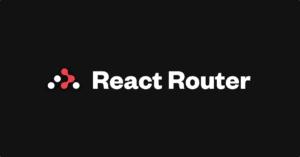
React Router is one of powerful React frameworks and libraries. It allows you to handle navigation in your applications, enabling you to create single-page applications with ease. React Router provides a simple and declarative way to define your routes, making it a must-have library for any React project.
4. Styled Components

Styled Components is a CSS-in-JS library that allows you to write CSS code directly in your JavaScript files. With Styled Components, you can encapsulate styles, create reusable components, and have better control over your styling. If you’re looking for a more efficient and maintainable way to style your React components, Styled Components is the way to go.
5. Material-UI

Material-UI is one of powerful React frameworks and libraries that implements Google’s Material Design guidelines. With a wide range of customizable components and pre-built themes, Material-UI makes it easy to create visually appealing and responsive user interfaces. If you’re looking to enhance the design of your React application, Material-UI is a great choice.
Read Also: Hire React Native Developer in India | Binary Informatics
6. React Query

React Query is a library that simplifies data fetching and caching in React applications. It provides a declarative way to manage and update data, making it easier to handle server communication. React Query is a valuable tool to optimize performance and provide a smooth user experience in your React projects.
7. Recoil
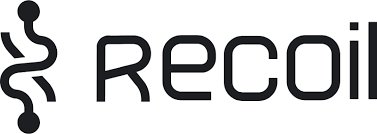
Recoil is a state management library for React that emphasizes simplicity and performance. With Recoil, you can manage the state of your application using atoms and selectors, providing a more intuitive and flexible approach. Recoil is worth considering if you’re looking for an alternative to Redux with a simpler API.
8. Chakra UI

Chakra UI is another one of the best React UI frameworks that focuses on accessibility, customization, and developer experience. It provides a set of accessible and customizable components that are easy to use and integrate into your React applications. If you value accessibility and developer-friendly APIs, Chakra UI is a library you should explore. It is also the best UI framework for React.
9. Formik

Formik is a form library for React that simplifies the process of building and validating forms. It provides an intuitive API and powerful utilities to handle form state, form validation, and form submission. With Formik, you can streamline form development in your React applications.
10. React Spring

React Spring is a spring physics-based animation library for React. It allows you to create smooth and interactive animations with ease. React Spring provides a simple API and supports various animation types, making it a valuable tool for adding delightful animations to your React projects.
Read Also: React Native App Development Cost: What you need to know
11. Storybook

Storybook is a development environment for UI components. It enables you to build and test isolated components in a sandboxed environment, making it easier to develop and document your React components. With Storybook, you can showcase your components and collaborate with designers and developers effectively.
12. React Final Form

React Final Form is a form library that focuses on performance and flexibility. It provides a simple and efficient API to manage the form state and validate form inputs. React Final Form is a great choice if you’re looking for a lightweight and powerful form solution for your React applications.
13. Framer Motion

Framer Motion is another animation library for React that offers declarative animations and gestures. It provides an intuitive API and supports various animation types, making it easy to create stunning and interactive animations. If you’re looking for a flexible and easy-to-use animation library, Framer Motion is worth considering.
14. React Testing Library

React Testing Library is a library that helps you test React components in a more user-centric way. It encourages testing components as if a user interacts with them, making your tests more reliable and maintainable. React Testing Library is an essential tool for ensuring the quality and functionality of your React applications.
15. React Native

React Native is a framework that allows you to build native mobile applications using React. It lets you write code once and deploy it to both iOS and Android platforms, saving development time and effort. React Native remains a top choice for mobile app development, especially if you’re already familiar with React.
Read Also: Offshore Software Development Rates: A Comprehensive Guide
16. Create React App

Create React App is a CLI tool that doesn’t require any development configuration. It encourages you to create your own standard and assists you begin the app process with ease.
You only need a build dependency, and thus, there is no complexity. It is more suitable for basic web-based applications Create React App has several layers ESLint, Webpack Babel, and so on.
17. Rebass

This vital component library was designed to create a stable UI that is user-defined and has design restrictions.
With just 4. KB of space, Rebass is designed to be fast in creation and improvement. Rebass is designed to be useful minimalist, flexible, free of opinions, and user-friendly through its integration with Theme UI, and the best help with theme creation.
18. React Admin

React Admin can be useful in creating B2B admin applications using REST APIs and graphQL APIs and is customizable through design. It is built with well-known projects along with React: Redux, React Router, React Final Form, and the Material User Interface.
19. Ant Design

Ant Design is an integrated building framework that includes Webpack, NPM, DVA, Dora, and Babel. The library of components is vast and has a huge customer base.
Additionally, it allows you to add your UI components in a way that results in offers an unbeatable user experience. This beneficial React library provides ES6 support as well as a simple integration.
20. Grommet

Grommet, the component library, was created to be a mobile-first, user-friendly, and responsive web application. It supports the use of keyboards, screen readers, and much more. It also includes anatomic design strategies.
Furthermore, it includes a number of SVG icons. Numerous large companies used Grommet to design their web-based applications, including Twilio, Samsung, HP, Boeing, Uber, and Netflix.
Read Also: 16 Tips to Find Best Mobile App Development Company in India
21. React Spinner
In contrast to other React Frameworks, React Spinner offers something unique to offer. It comprises loading spinners depending on Halogen. It’s a fun factor that keeps the visitors engaged throughout the page’s loading process so that they don’t feel a sense of urgency to leave the page, giving a better experience for users. React Spinner has more than 20 React loaders that are available for every user.
22. React Bootstrap

React Bootstrap is a UI tool that keeps its Bootstrap roots. It allows you to gain greater control over each component’s design and functionality it substitutes Bootstrap’s JavaScript of Bootstrap by React.
Each component is designed to be indispensable for front-end framework development, and readily available. Because React Bootstrap does not differ significantly from its Bootstrap base components, developers can choose from the many thousands of readily available Bootstrap themes.
23. Semantic UI React

Semantic UI React is the official plugin for Semantic UI. It’s free from jQuery and includes shorthand props and a declarative API. It also includes enhancement, a state that is auto-controlled components, sub-components, and more.
The React Library features a list of more than 50 elements including transitions, pagination and segments, progress bars, and so on. Semantic UI offers the themes as CSS Stylesheets, whereas Semantic UI React offers the components.
24. Blueprint

The Blueprint framework uses React components. Blueprint, React components are used in Blueprint. React components are designed used in desktop applications. They are particularly suited to creating complex and data-rich interfaces.
You can pick pieces of code to create and display icons from the library of components by selecting the time zone, sharing time, dates,, and much more.
25. React DnD

DnD showcases the Drag-and Drop interface that is compatible with React. It allows for grabbing and gesture-based user interaction that allows users to choose visually appealing objects, and then move them to a desired position on the screen of the device.
React DnD is built using the HTML5 drag-and-drop API and internally uses Redux. It gives you the ability to build complex drag-and-drop interfaces, without affecting data consistency and transfer speed in the state of the application. In most situations the case, the API is the best library to build drop events.
26. React Fabric

Also known as Office UI Fabric, React Fabric is well-known for its native use of Fluent UI elements using React-based software. Many widely-used front-end language modules such as CSS (SASS), Webpack, and ES6plus backup React Fabric. It is one of the best UI frameworks for react
The Fabric core is a collection of SASS elements that are paired with CSS classes that give access to a wide range of animations, colors, and much more.
Read Also: Hire Offshore Developers: A Comprehensive Guide to Maximize ROI
27. React Intl

Each language has its own rules and conventions. Making use of those differences in international projects can be a challenge and that is why React Intl was made. React-Intl is a tool that works using FormatJS as its base.
Yahoo developed this open-source library in order to make internationalization as straightforward and clear as is possible. It has fast components and an API to format dates and numbers, strings, and handle pluralization.
28. MobX
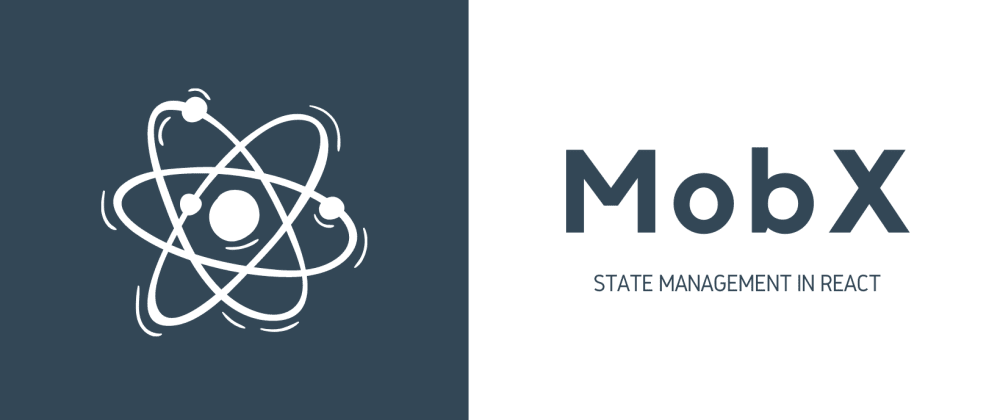
MobX library makes managing the state simple and efficient. Every React library is focused on stopping developers from altering the state, however, MobX offers a unique feature that guarantees that every extracted data is.
It reacts to each observed property found during the execution of the defined function. MobX and React integrate and are extremely strong working together. MobX assists in updating and storing the state of the app.
Conclusion
As we look towards 2023, React continues to be a dominant force in web development. The top 15 React frameworks mentioned in this article will undoubtedly play a crucial role in enhancing your React projects. Whether it’s improving state management, adding animations, or streamlining form development, each library brings unique features and benefits. Stay ahead of the curve by exploring these libraries and incorporating them into your React development toolkit.
FAQs (Frequently Asked Questions)/ React Frameworks
Are these React libraries and frameworks compatible with all React versions?
Yes, most of these React Frameworks are designed to be compatible with the latest React versions. However, checking the documentation and version compatibility requirements is always recommended before integrating them into your projects.
Can I use multiple frameworks from this list in a single React project?
Definitely! These React Frameworks are modular, and you can mix and match them according to your project requirements. However, keep in mind the potential for conflicts or redundancy, so ensure thorough testing and compatibility checks.
Are there any performance considerations when using these frameworks?
While many of these React Frameworks are known for their performance optimizations, it’s crucial to carefully assess the impact on your specific project. Misusing or misconfiguring certain libraries can result in performance issues, so it’s always recommended to benchmark and profile your application.
How frequently are these libraries updated?
The frequency of updates varies across React Frameworks. It’s essential to follow their respective repositories or official websites to stay updated with the latest versions, bug fixes, new features, and security patches.
Can I contribute to the development of these libraries?
Absolutely! Most of these libraries are open-source projects that actively encourage community contributions. If you encounter bugs or have suggestions for improvements, you can contribute by submitting bug reports, feature requests, or pull requests on their respective repositories.

